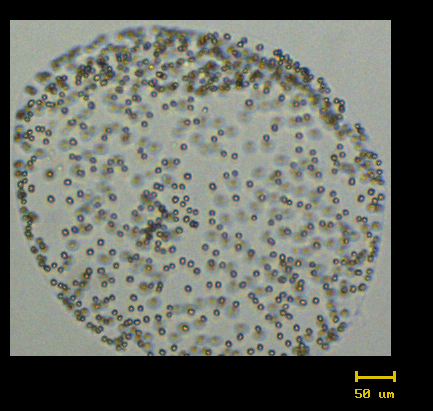 ©2020 Biological and Chemical Oceanography Data Management Office.
©2020 Biological and Chemical Oceanography Data Management Office.Funded by the U.S. National Science Foundation
Global climate change is having significant effects on areas of the Southern Ocean, and a better understanding of this ecosystem will permit predictions about the large-scale implications of these shifts. The haptophyte Phaeocystis antarctica is an important component of the phytoplankton communities in this region, but little is known about the factors controlling its distribution. Preliminary data suggest that P. antarctica posses unique adaptations that allow it to thrive in regions with dynamic light regimes. This research will extend these results to identify the physiological and genetic mechanisms that affect the growth and distribution of P. antarctica. This work will use field and laboratory-based studies and a suite of modern molecular techniques to better understand the biogeography and physiology of this key organism. Results will be widely disseminated through publications as well as through presentations at national and international meetings. In addition, raw data will be made available through open-access databases. This project will support the research and training of two graduate students and will foster an established international collaboration with Dutch scientists. Researchers on this project will participate in outreach programs targeting K12 teachers as well as high school students.
| Dataset | Latest Version Date | Current State |
|---|---|---|
| Cruise tracks from RVIB Nathaniel B. Palmer cruises NBP1310B and NBP1409 in the Ross Sea, Western Antarctic Peninsula, Antarctic, Antarctic Peninsula from 2013 to 2014 (PHANTASTIC project) | 2016-01-07 | Final no updates expected |

Lead Principal Investigator: Kevin R. Arrigo
Stanford University
Principal Investigator: Dr Anton F. Post
Marine Biological Laboratory (MBL)
Contact: Gert van Dijken
Stanford University